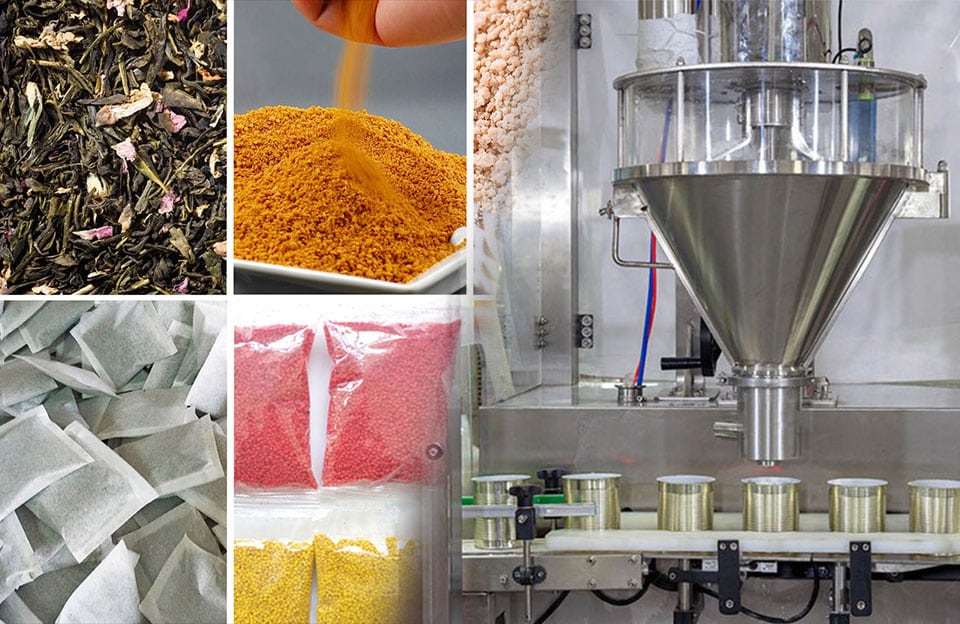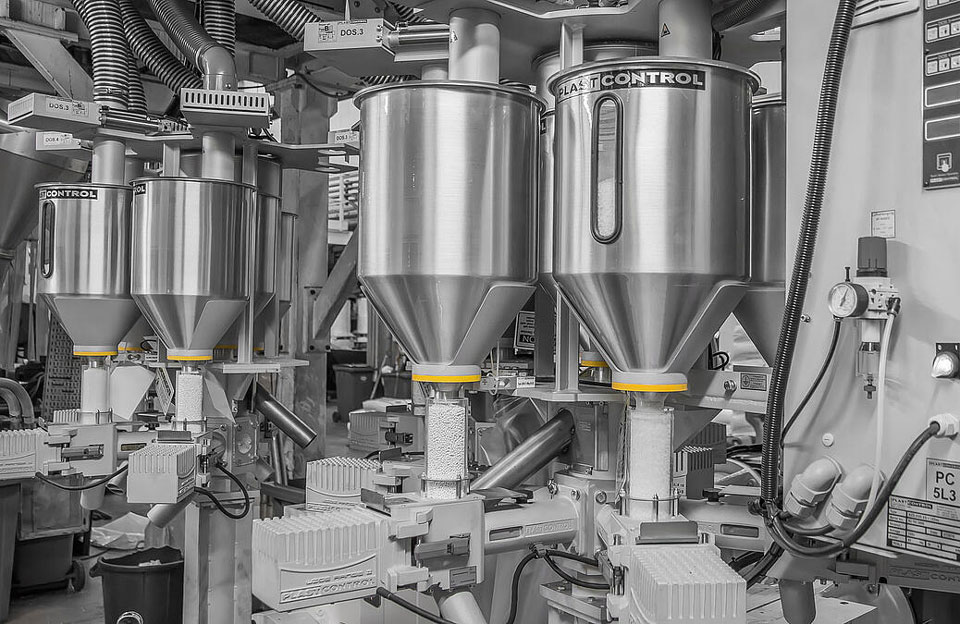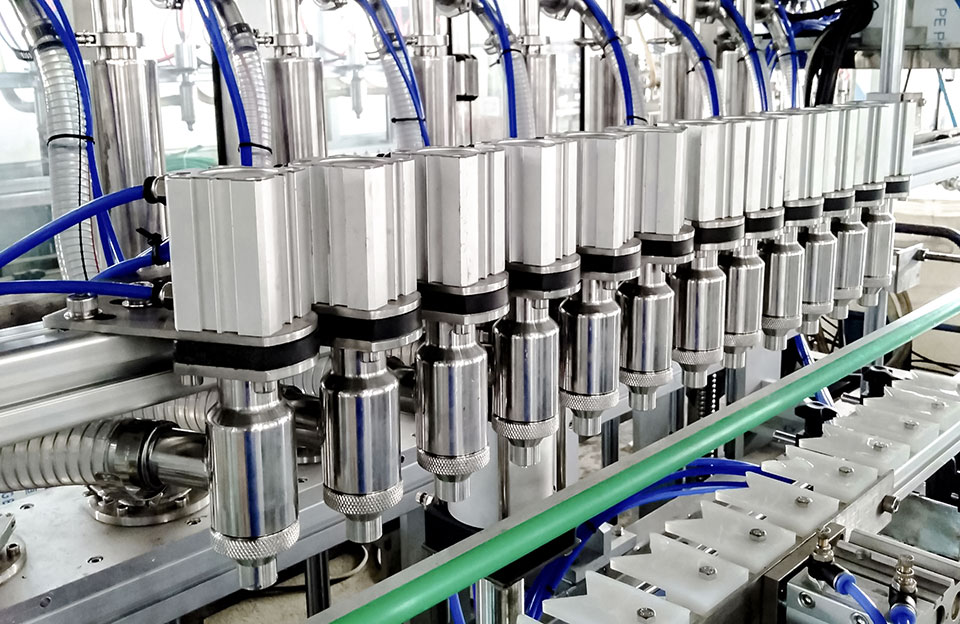Safe storage of machines is critical in every industry, as efficient storage of machines ensures optimum performance, enhanced reliability, and extended life. The storage of powder filling machines is also affected by many factors, and ensuring proper storage conditions for machines can help protect them from damage, maintain their functionality, and protect the data and resources they contain.
Best Storage Environment of Powder Filling Machine
The storage environment of a powder filling machine should be carefully controlled to maintain the quality and integrity of the powder and ensure optimal performance of the machine. Here are some critical considerations for powder filling machine storage environments:
- Temperature and Humidity: The area for storage of powder filling machine should be kept within an appropriate temperature and humidity range. Most powders have specific temperature and humidity requirements to prevent caking, moisture absorption, or degradation. Usually, a cool and dry environment is preferred to maintain powder quality.
- Ventilation: Proper ventilation is essential to prevent the build-up of airborne contaminants, moisture, or odors that may affect the powder or machine. Good airflow helps maintain a clean and controlled environment, reducing the risk of contamination during storage.
- Dust Control: Powders are usually excellent and prone to dust particles. Dust in storage areas must be minimized to prevent powders and sensitive machine parts contamination. Implementing dust extraction systems, air filtration, and regular cleaning can help maintain a dust-free environment.
- Lighting: Sufficient lighting must ensure visibility and proper inspection of storage of powder filling machine. Depending on the powder properties, some powders may be light-sensitive and must be stored in a darkened area or in opaque containers to prevent degradation.
- Security: Secure the storage area from unauthorized access or tampering. This is especially important if the stored powders are sensitive, hazardous, or valuable.
10 Tips for Storage of Powder Filling Machine
Proper storage of powder filling machine is critical to maintaining its performance, extending its life, and ensuring it is ready for future use. Here are some tips for storage of powder filling machine:
- Clean The Machine: Before storing the powder filling machine, thoroughly clean all parts and surfaces to remove any remaining powder, debris, or residue. Use appropriate cleaning methods and reagents recommended by the manufacturer. Pay special attention to sensitive areas such as hoppers, filling pipes, etc.
- Lubricate Moving Parts: Lubricate the machine’s moving parts according to the manufacturer’s recommendations. This helps prevent corrosion and ensures smooth operation when the machine is used again.
- Disassembly If Necessary: If feasible, disassemble the machine into its main components for storage and transportation. Follow the manufacturer’s instructions for proper disassembly, and label and organize parts for later reassembly.
- Protect Electrical Components: If the machine contains sensitive electrical components, protect them during storage. Consider covering them with a protective material like plastic or cloth to remove dust, moisture, or potential damage.
- Use Suitable Packaging: If the machine comes with the original packaging or shipping box, please use it for storage of powder filling machine. These packages are designed to provide maximum protection during transport and storage. If the original packaging is unavailable, use a sturdy box or crate to store and protect the machine.
- Ensure Suitable Environment: Store the powder filling machine in a clean and dry environment to prevent dust, moisture, or pollutant accumulation. Avoid areas with high humidity or extreme temperature fluctuations. Consider using moisture-absorbing materials or a dehumidifier to maintain an optimal storage environment if necessary.
- Securing Machines: Ensure stored machines are secured to prevent movement or potential damage. This may involve using straps, pads, or stands to stabilize and secure the machine’s storage location.
- Labeling and Documentation: Clearly label stored machinery and record any pertinent information, such as its condition, maintenance history, or special storage requirements. This helps to identify and ensure proper storage practices are easily followed.
- Regular Inspection: Regularly check the stored machines to ensure they are in good condition. Check for any signs of damage, corrosion, or insect infestation. If any problems are found, take appropriate steps to resolve them immediately.
- Follow Manufacturer’s Guidelines: Always refer to the manufacturer’s instructions and guidelines for specific storage recommendations for powder fillers.
Conclusion
Understanding the knowledge about the storage of powder filling machine is conducive to ensuring the machine’s performance and prolonging its service life, thereby generating more economic benefits for the enterprise.


